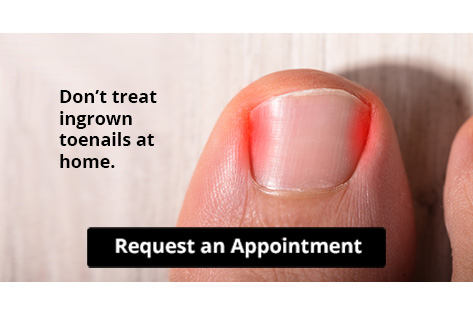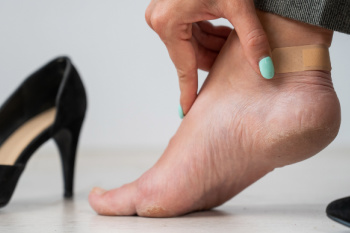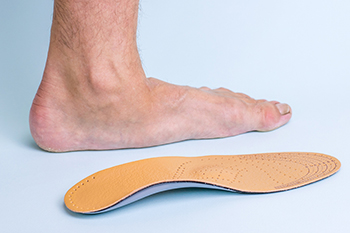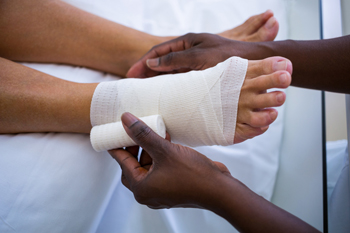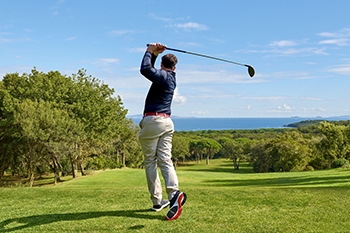
Golfers often experience foot and ankle pain due to the repetitive motion of walking the course and rotating through each swing. Conditions such as plantar fasciitis, tendonitis, ankle sprains, and stress injuries are common, especially without proper footwear or support. To prevent discomfort, it is important to wear golf shoes that offer cushioning and good arch support. Warming up before playing and stretching the feet and ankles can help maintain flexibility and prevent strain. Custom orthotics may improve foot alignment and reduce pressure points during movement. After a round, elevating the feet can ease soreness. Pain should never be ignored, as it can lead to more serious injury over time. If you are noticing foot or ankle pain during or after your golf game, it is suggested that you consult a podiatrist to determine the cause and receive the appropriate treatment.
Sports related foot and ankle injuries require proper treatment before players can go back to their regular routines. For more information, contact one of our podiatrists of Foot & Ankle Centers of Charlotte County . Our doctors can provide the care you need to keep you pain-free and on your feet.
Sports Related Foot and Ankle Injuries
Foot and ankle injuries are a common occurrence when it comes to athletes of any sport. While many athletes dismiss the initial aches and pains, the truth is that ignoring potential foot and ankle injuries can lead to serious problems. As athletes continue to place pressure and strain the area further, a mild injury can turn into something as serious as a rupture and may lead to a permanent disability. There are many factors that contribute to sports related foot and ankle injuries, which include failure to warm up properly, not providing support or wearing bad footwear. Common injuries and conditions athletes face, including:
- Plantar Fasciitis
- Achilles Tendinitis
- Achilles Tendon Rupture
- Ankle Sprains
Sports related injuries are commonly treated using the RICE method. This includes rest, applying ice to the injured area, compression and elevating the ankle. More serious sprains and injuries may require surgery, which could include arthroscopic and reconstructive surgery. Rehabilitation and therapy may also be required in order to get any recovering athlete to become fully functional again. Any unusual aches and pains an athlete sustains must be evaluated by a licensed, reputable medical professional.
If you have any questions please contact our offices located in Punta Gorda and Port Charlotte, FL . We offer the newest diagnostic and treatment technologies for all your foot and ankle needs.

